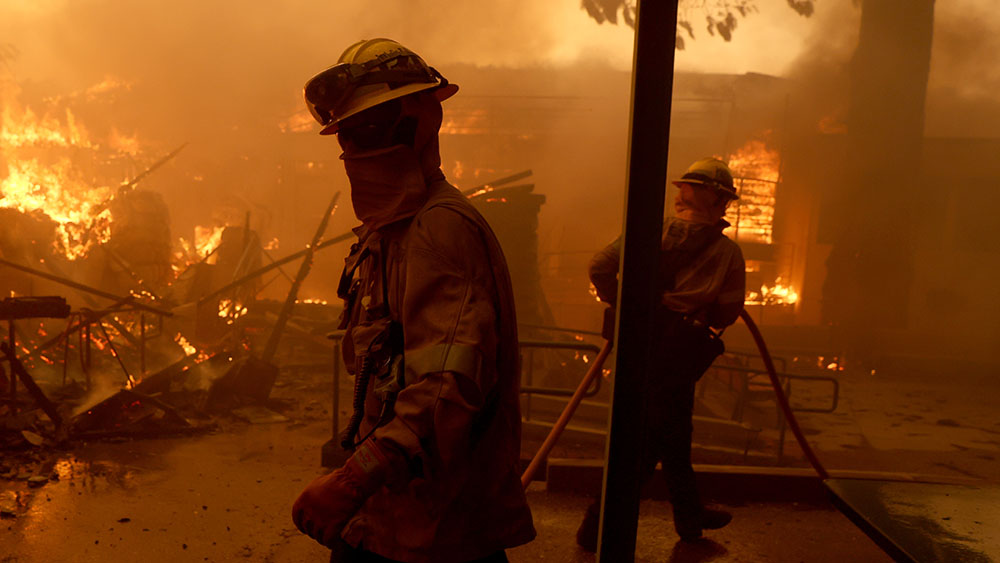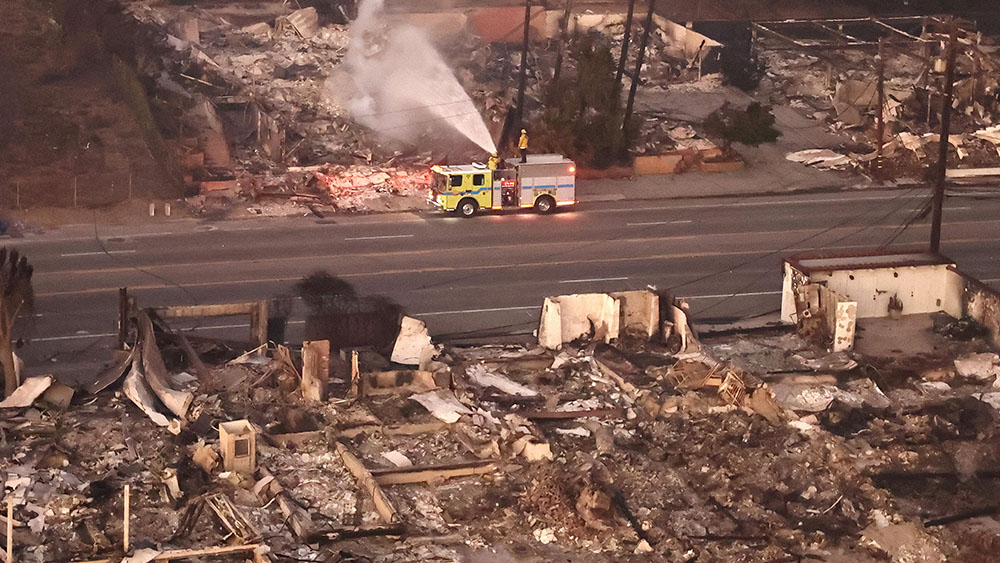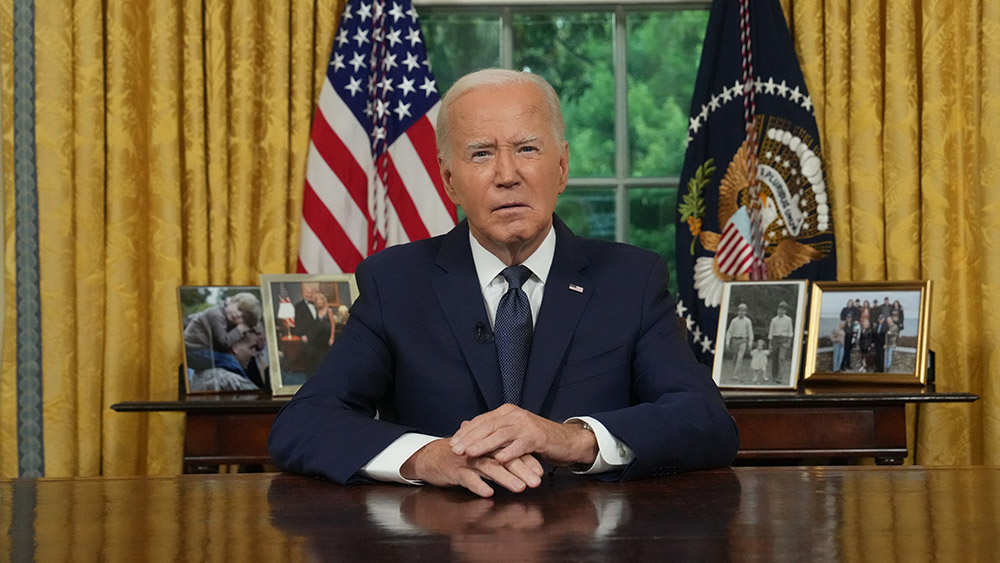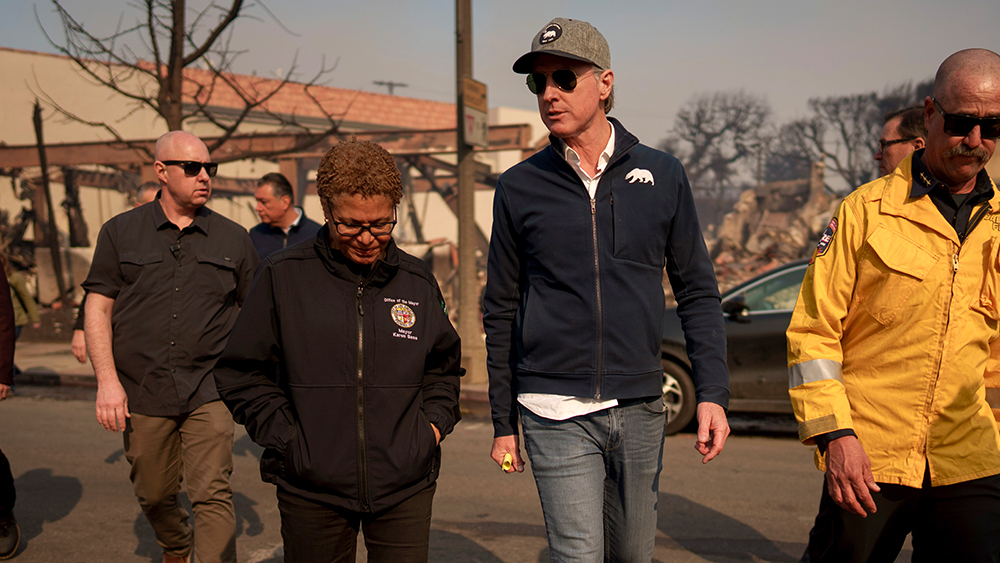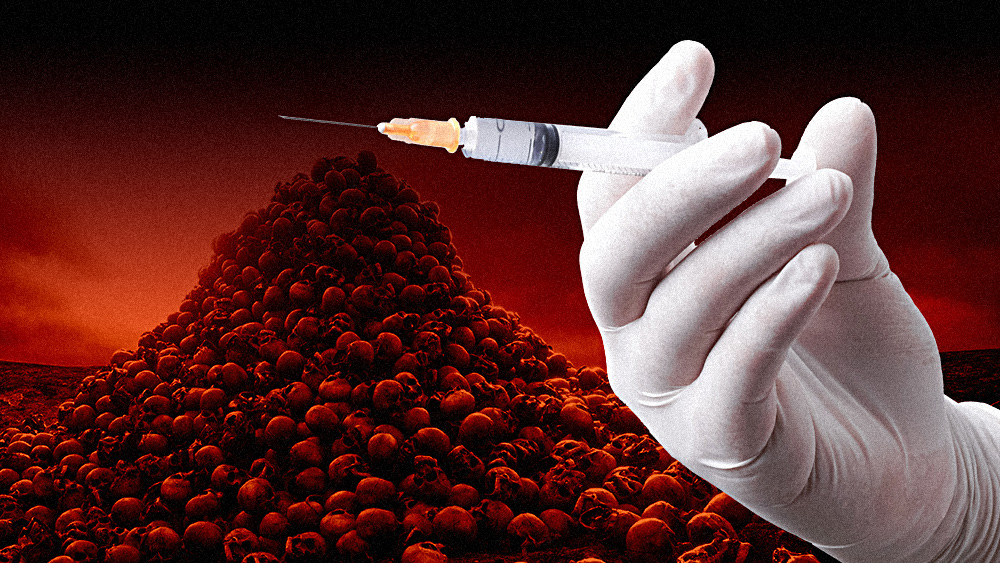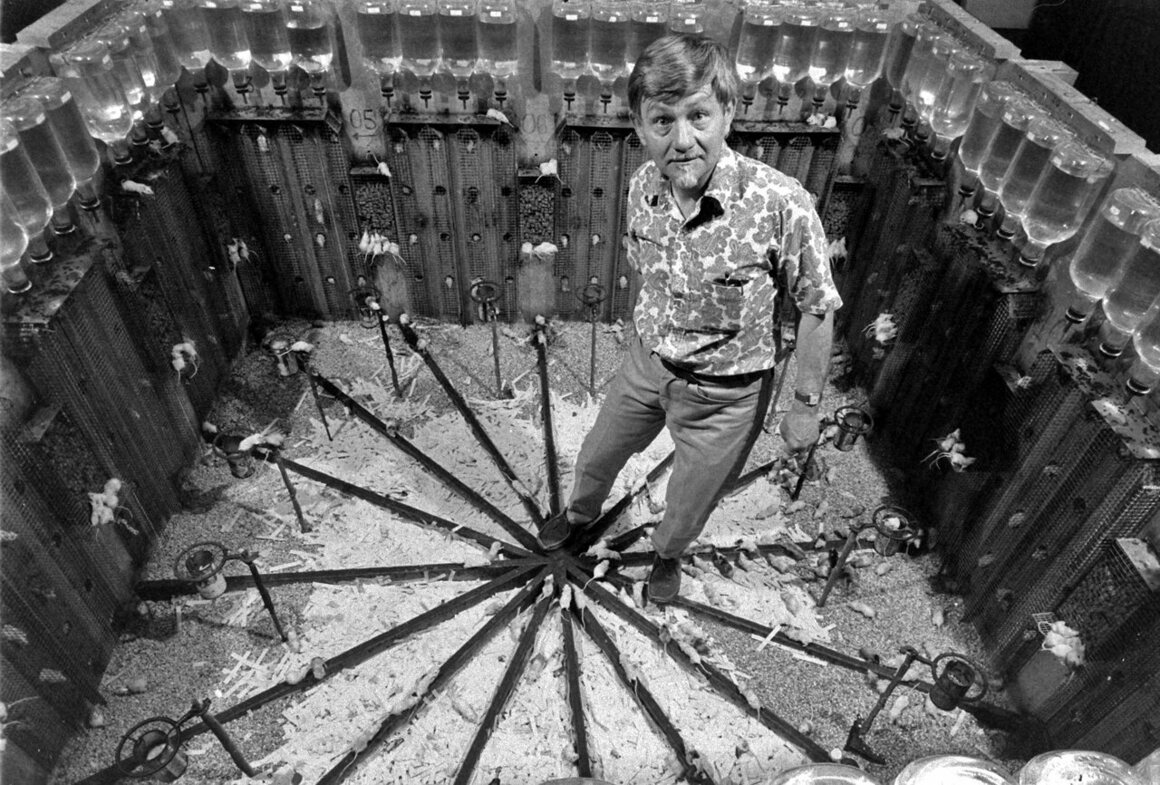Ancient sea monster fossil comes under scrutiny: Could a 2021 fossil discovery be a FORGERY?
01/13/2025 / By Lance D Johnson
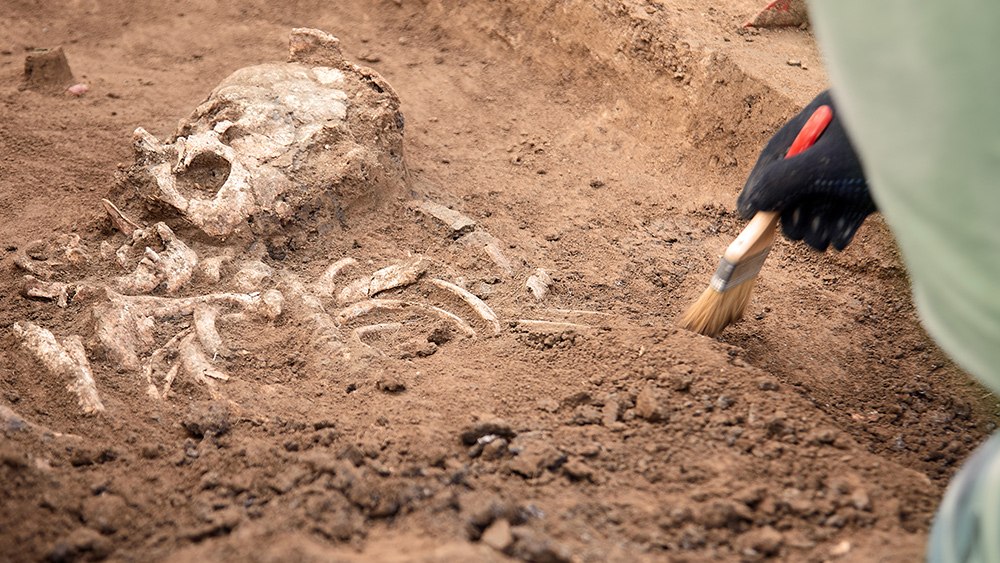
In 2021, scientists unveiled a groundbreaking discovery: Xenodens calminechari, a mosasaur species with saw-like teeth, unearthed in a Moroccan phosphate mine. The fossil, dating back 72.1 to 66 million years, was hailed as a unique predator that once roamed the Cretaceous seas. However, a new study published on December 16, 2024, in The Anatomical Record raises alarming questions about the fossil’s authenticity. Researchers are now calling for CT scans to verify whether the specimen is genuine or a clever forgery, casting doubt on a discovery that once captivated the scientific community.
- A 2021 study described Xenodens calminechari, a mosasaur with saw-like teeth, as a unique marine reptile.
- New research suggests the fossil may be a forgery, citing anatomical inconsistencies and concerns about its provenance.
- The fossil’s teeth, packed into a single socket, defy known mosasaur biology, raising “red flags” about its authenticity.
- Scientists are urging CT scans to confirm the fossil’s legitimacy, but access to the specimen has been problematic.
- The controversy highlights broader issues in paleontology, including the ethics of fossil collection and the need for international collaboration.
The anatomy of doubt
The 2021 study described Xenodens calminechari as a mosasaur with “small, short, blade-like teeth packed together to form a saw-like cutting edge,” a feature deemed unprecedented among squamates and tetrapods. However, the new study led by Henry Sharpe of the University of Alberta reveals troubling inconsistencies.
Mosasaurs, like modern reptiles, continuously replaced their teeth throughout their lives. Each tooth had its own socket, formed by bone generated by the tooth itself. Yet, the Xenodens fossil shows two teeth sharing a single socket—a biological impossibility, according to the researchers. “Each tooth crown makes its own house,” said Michael Caldwell, a co-author of the study.
Additionally, the fossil exhibits “medial overlap,” where material extends over two teeth on one side. This anomaly, combined with the shared socket, suggests the teeth may have been artificially inserted into the jaw. “The fact that there’s that medial overlap is a huge indicator of a possible forgery,” said Mark Powers, another co-author.
A history of forgeries
The fossil’s origins add to the skepticism. It was discovered in Morocco’s Khouribga province, a region notorious for producing fossils with forged features. Local miners, not paleontologists, unearthed the specimen, raising questions about its handling and authenticity.
Sharpe and his team sought to CT scan the fossil to determine its legitimacy but faced resistance from Nick Longrich, the lead author of the 2021 study. According to Sharpe, Longrich inquired about the “angle” of their paper, which raised ethical concerns. “That’s the holotype,” Sharpe said. “Scientists cannot withhold information about a holotype or the holotype itself because other researchers don’t support your hypothesis. That’s totally unethical.”
Longrich did not respond to requests for comment, leaving the fossil’s fate in limbo.
The controversy highlights the challenges of studying fossils from regions with lax regulations. Wahiba Bel Haouz, a researcher at Morocco’s University of Hassan II Casablanca, noted that the country lacks legislation to protect its fossil heritage. “Foreign scientists should always collaborate with Moroccans to avoid working on forgeries,” she said.
Paulina Jiménez-Huidobro, a paleontologist at the University of Bonn, supports the new study’s conclusions. “The dentition looks unusual in both morphology and implantation,” she said. “Having multiple teeth in one socket suggests that those teeth do not belong to that jaw.”
The inability to CT scan the fossil has left critical questions unanswered. “CT scans allow us to see internal structures and to distinguish different materials based on their densities,” Jiménez-Huidobro added.
If the fossil is indeed a forgery, it would not only discredit a groundbreaking study but also highlight the need for stricter oversight in paleontology. As researchers continue to unravel the mysteries of Earth’s ancient past, the line between fact and fabrication remains as sharp as the teeth of a mosasaur.
Sources include:
Submit a correction >>
Tagged Under:
ancient history, ancient seas, conspiracy, CT scans, deception, forgery, fossil controversy, fossil hunting, fossils, marine biology, marine reptiles, monosaurs, Morocco, paleontology, prehistoric life, research, science deception, science news
This article may contain statements that reflect the opinion of the author
RECENT NEWS & ARTICLES
COPYRIGHT © 2017 COLLAPSE.NEWS
All content posted on this site is protected under Free Speech. Collapse.news is not responsible for content written by contributing authors. The information on this site is provided for educational and entertainment purposes only. It is not intended as a substitute for professional advice of any kind. Collapse.news assumes no responsibility for the use or misuse of this material. All trademarks, registered trademarks and service marks mentioned on this site are the property of their respective owners.











